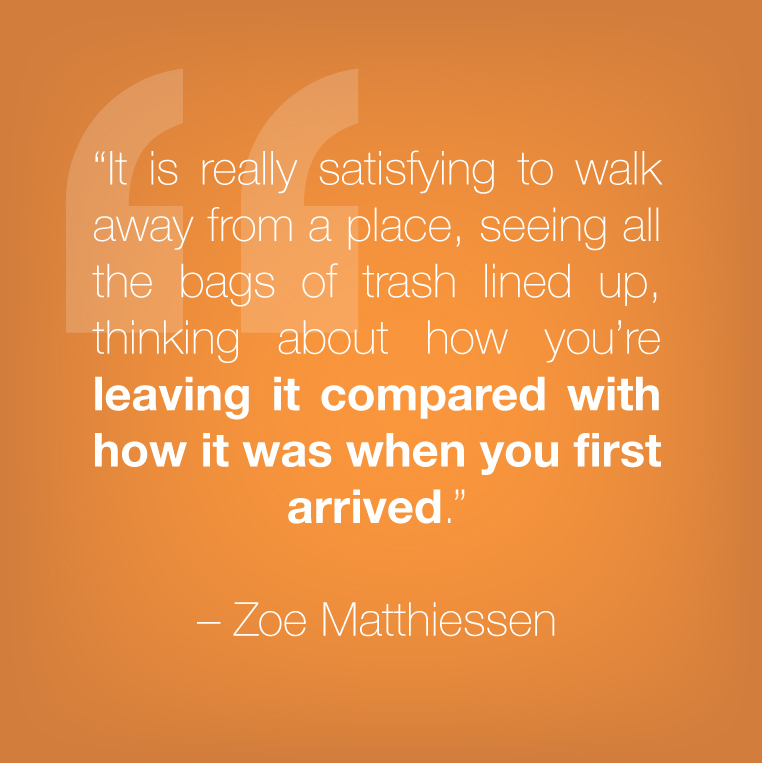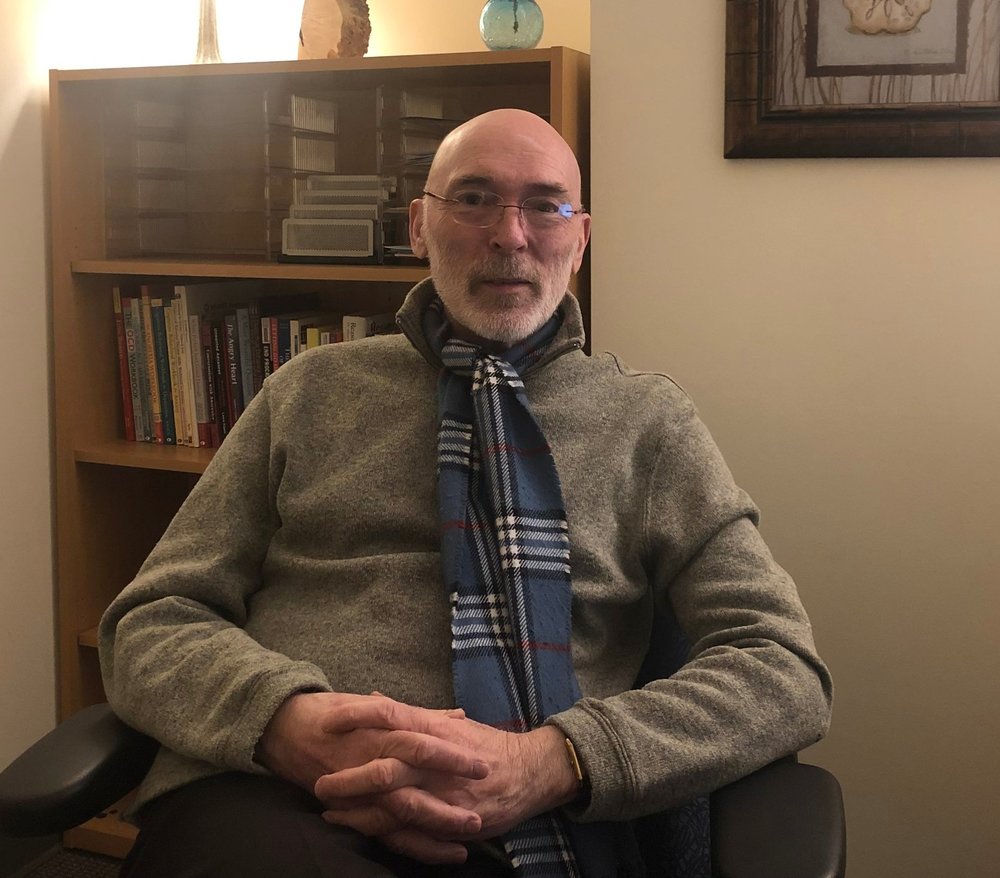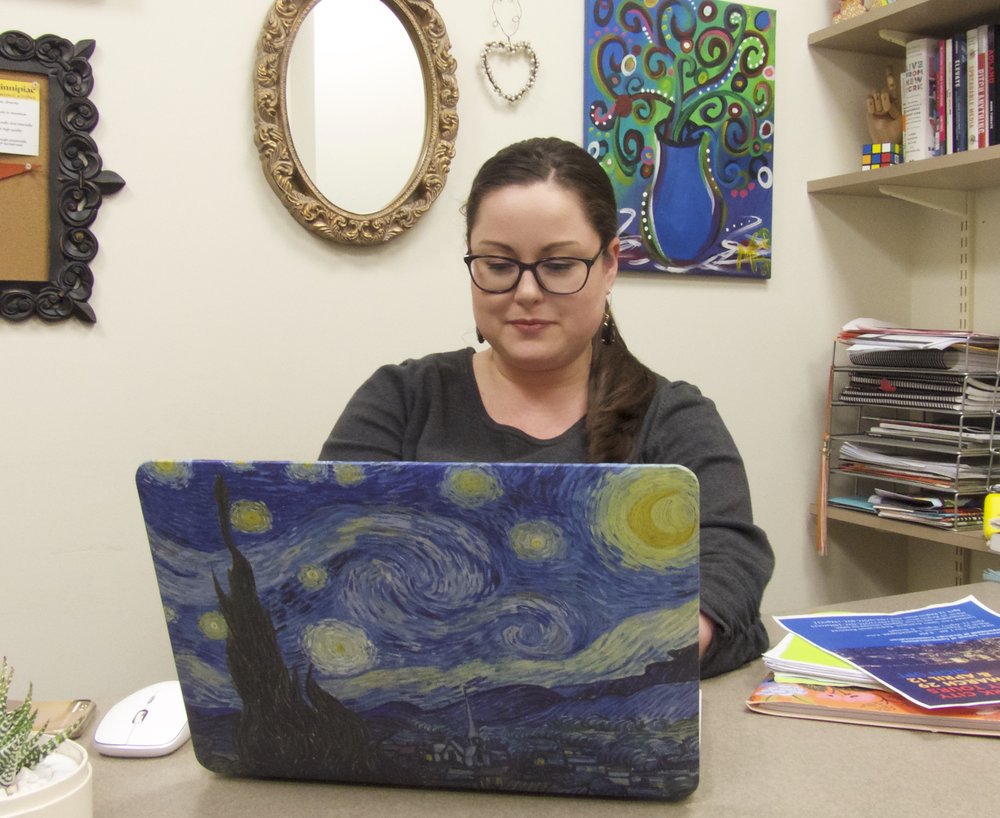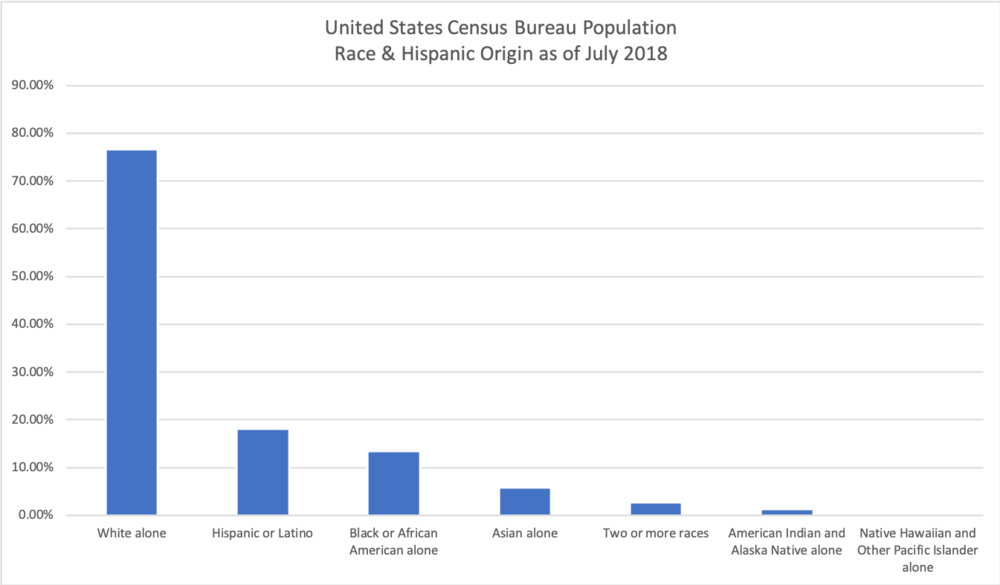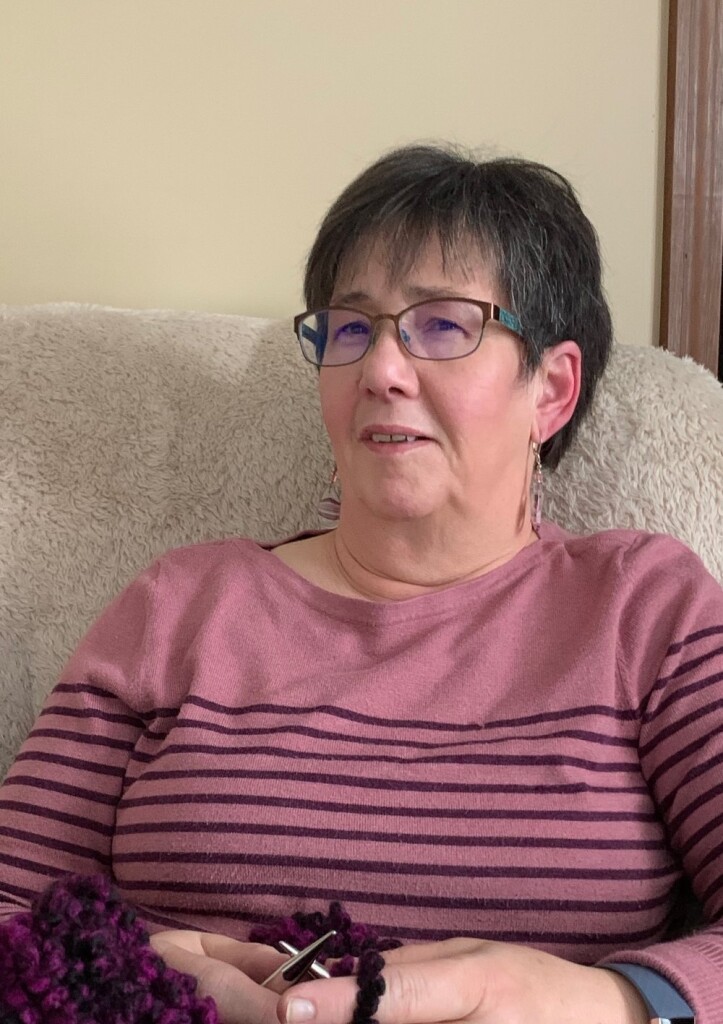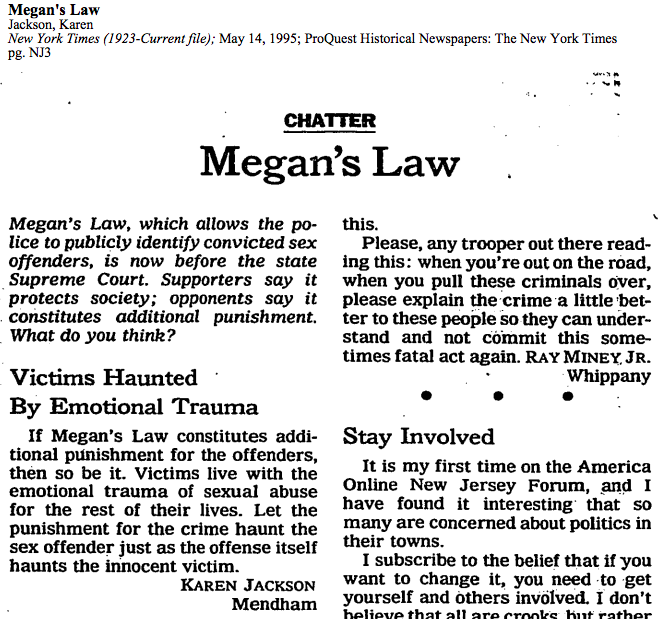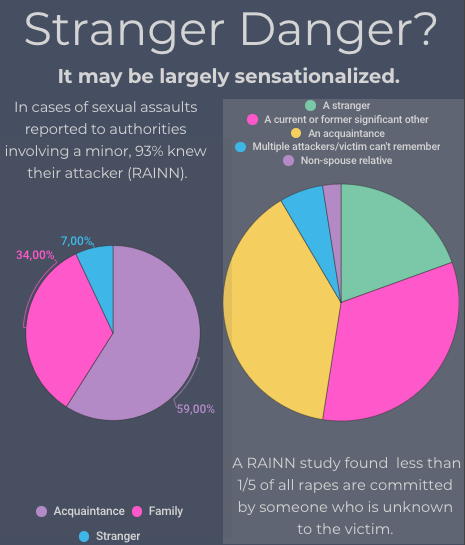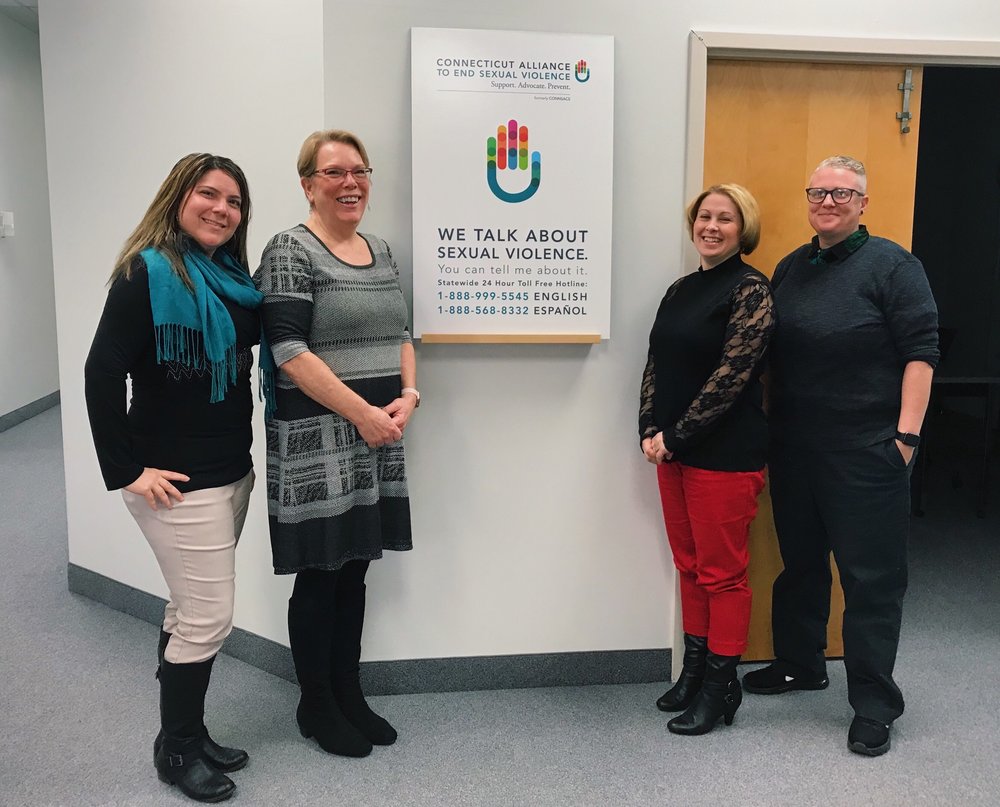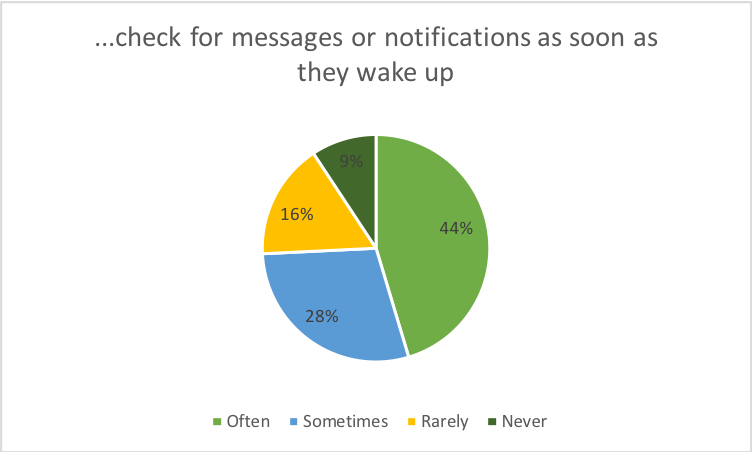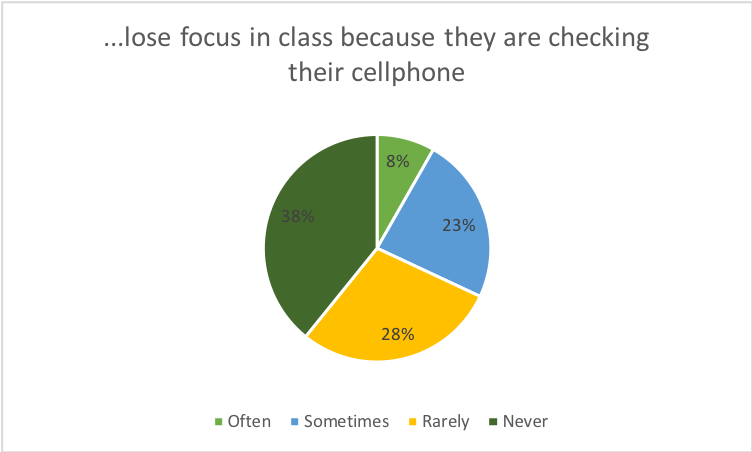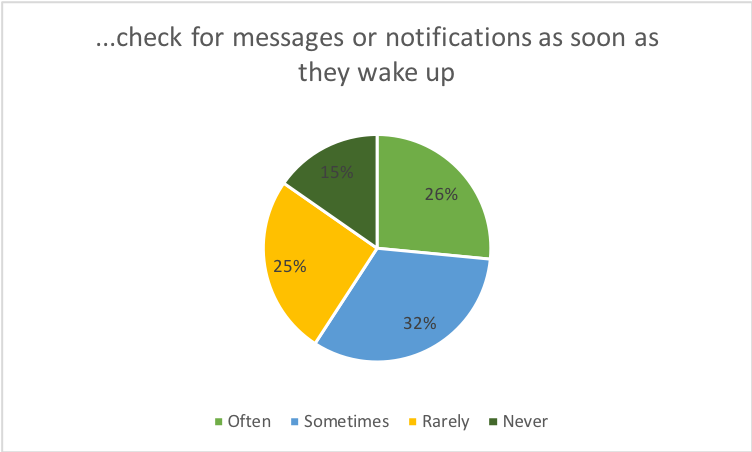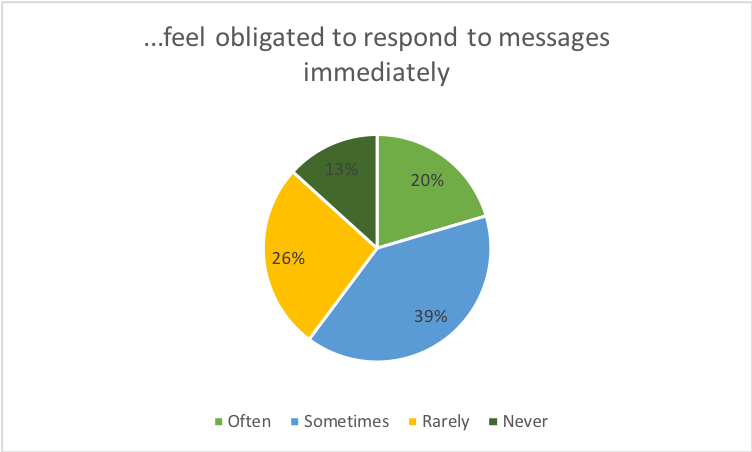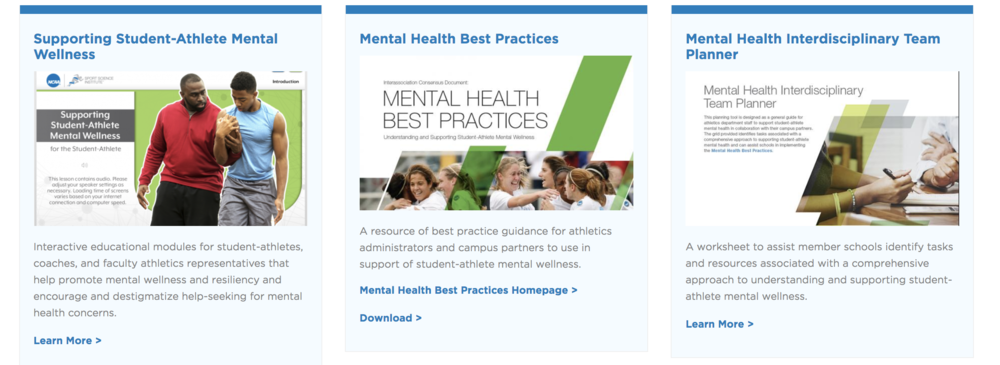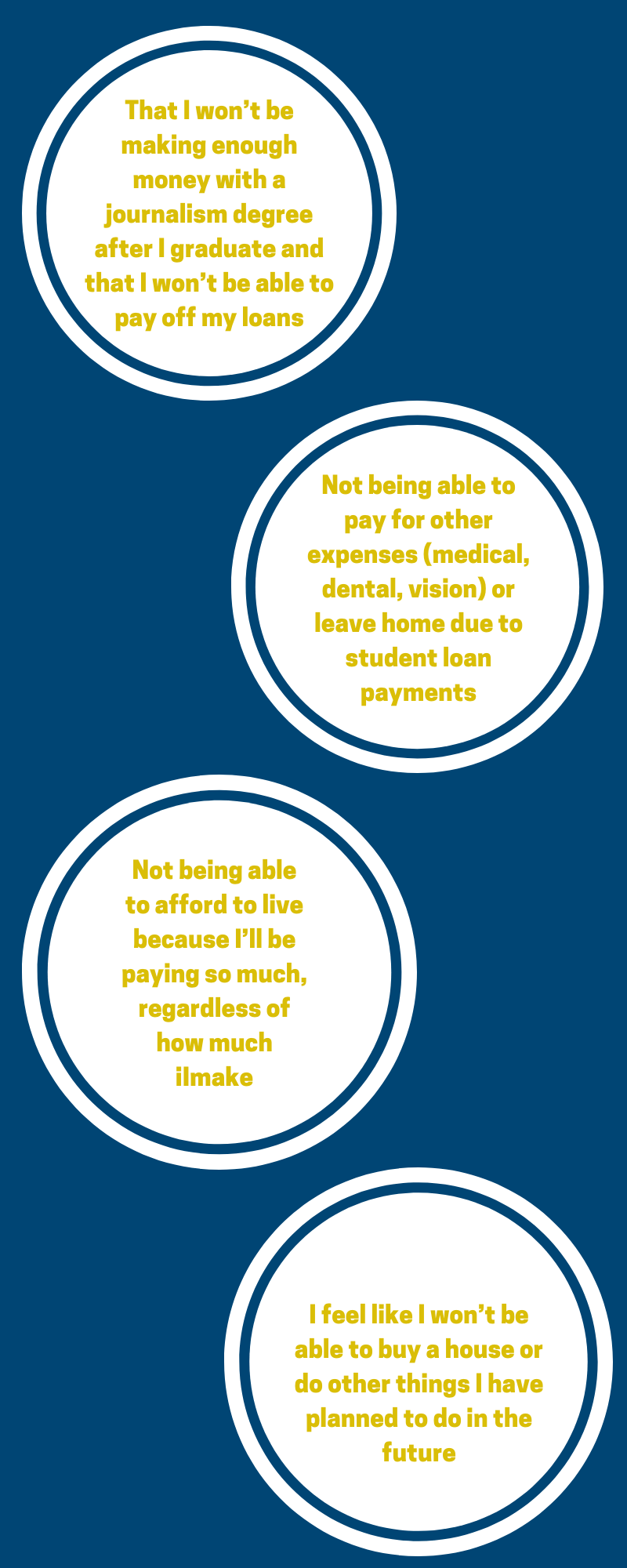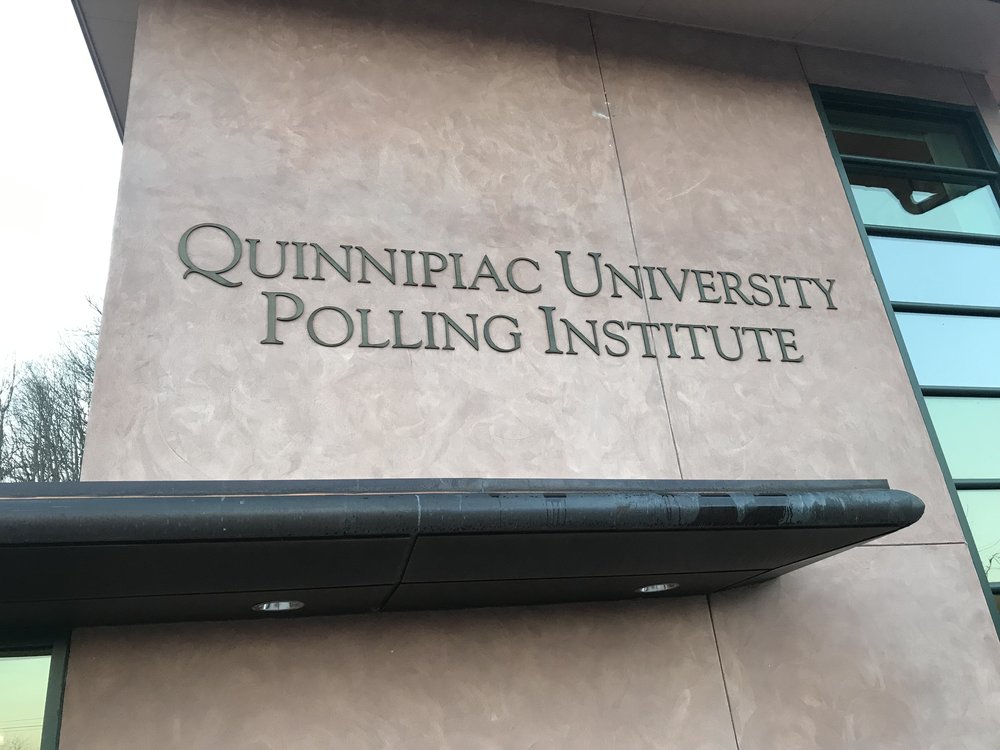
By Owen Meech
JAN 27 – As midnight approaches at Quinnipiac University and Sunday night turns into Monday, students on the Mount Carmel Campus are making their way to bed and readying themselves for a new work week.
Just down the street, however, the Quinnipiac University Polling Institute is wide awake, as interviewers use the last 15 minutes of their shift scrambling to get those last-minute national survey completions.
It’s a night just like any other at 60 West Woods Road in Hamden, Connecticut.
Callers sit in rows of wooden cubicles, armed with a computer, headset and manual dialer. The interviewers are a mixed bag of students and local residents, creating a steady hubbub that encompasses the two-story facility.

Manual dialer at polling station
Tonight, interviewers are asking who American voters trust more “on issues that are important” to them: House Speaker Nancy Pelosi or President Donald Trump.
Two days prior, the longest government shutdown in U.S. history had just come to a conclusion. Centered around a disagreement on border security between Republicans and Democrats, Trump sought $5.7 billion toward constructing a wall on the southern border. Democrats called the request “immoral” and a waste of taxpayer money.
The shutdown, which resulted in 380,000 federal workers being furloughed and an additional 420,000 workers being required to work without any known payment date, eventually ended when both chambers of the House approved a plan to reopen the government for a three-week period to negotiate a suitable appropriations bill.
When the survey results were released Jan. 29, the Quinnipiac Poll found that in the immediate aftermath, American voters trusted Pelosi more than Trump, 49 to 42 percent.
“The first round of many to come in the heavyweight bout goes the speaker’s way as Trump takes the hit for the shutdown and his party is suffering along with him,” Tim Malloy, assistant director of the Quinnipiac University Poll said in a statement.
In the same survey, Donald Trump’s approval rating took a hit. At 38 percent, the commander in chief dropped down from 41 percent approval just two weeks earlier.
And with each survey that comes to a close, the Quinnipiac Poll provides us with a snapshot in time. In just a matter of days, the Poll is able to capture and present an intricate picture of the nation’s political landscape.
For Quinnipiac Poll Director Dr. Doug Schwartz, the key is staying on top of the news, asking the right questions, and relying on his team of a dozen polling analysts.
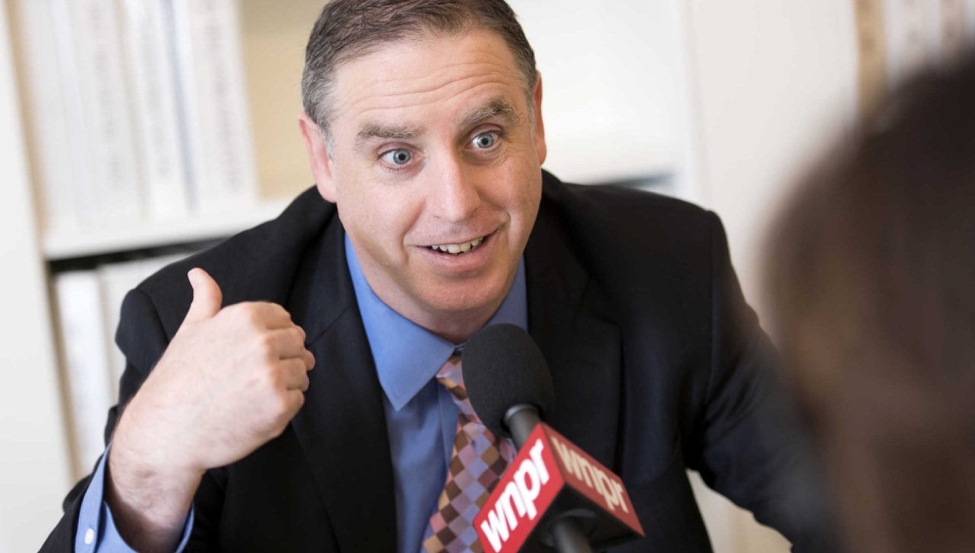
Quinnipiac University Poll Director Doug Schwartz (courtesy: poll.qu.edu)
“It’s a back and forth,” Schwartz said. “There’s a lot of rewrites of a survey. Oftentimes when we’re doing a national poll, there’s a lot of breaking national news every day, that we’ll constantly need to rewrite the survey to respond to the late breaking events.”
Responding to the latest breaking news is par for the course for Schwartz, the self-proclaimed political junkie who has been the Quinnipiac Poll Director since 1994, when he was just 27 years old.
“I love watching the news,” Schwartz said.“I can watch what’s happening and then I have this great opportunity to ask questions of voters and get their reaction.”
Crafting poll questions is no easy feat, though. Schwartz – who previously worked for CBS News as an analyst for the late “60 Minutes” correspondent, Ed Bradley – describes the process as painstakingly meticulous. Wording questions clearly, concisely and neutrally is crucial to maintaining the integrity of any survey.
“Maybe a question is too vague and we need to rewrite it to make it clearer. Maybe there are certain words in a question that might push a respondent in a certain direction,” Schwartz explained. “We’re trying to write neutral, fair, balanced questions.”
Coming up with questions was an easier task back when the Quinnipiac Poll only conducted surveys in Connecticut. After New York and New Jersey were added to the mix, national polls followed in 2001. Now, with polls conducted in 12 states, polling analysts for each state are called upon to help draft each and every survey.
“We have polling analysts in all of our states and nationally talk about what are the big issues, what are the questions we should be asking, and then we will draft a survey based on what we think are the most newsworthy issues at the time,” Schwartz said. “We will vet the survey, so there will be multiple pairs of eyes that look over the survey and give feedback, and then whatever concerns are raised, we will address them.”

Mary Snow, head polling analyst for New York and New Jersey (courtesy: poll.qu.edu)
One of those pairs of eyes belongs to Mary Snow, the Quinnipiac Poll’s head polling analyst for New York and New Jersey. Snow and her team are tasked with thoroughly analyzing the data and producing press releases.
“We always get Doug’s input,” Snow said. “We ask, ‘Doug, you’ve been doing this for 20 years, what do you see? What strikes you as most significant in these polls.’ Then we craft how we’re going to present it. What are the top issues for the media? What is most newsworthy?”
The veteran journalist and former CNN correspondent began working at the Poll this past July, and calls upon her previous career to help guide her in her newest position.
“As a polling analyst, you really draw upon what you do as a journalist by staying on top of all the issues that are making news,” Snow said. “You look for developments on issues that you may be polling about.”
For Snow, one of these recent issues was the Amazon deal that was rejected by New York City.
“The polling we did about the Amazon deal in New York played an important part in the conversation,” Snow said. “We asked several questions and we saw that people were really conflicted about parts of this deal, so it wasn’t a very black and white issue, there were a lot of nuances.”
And while she says that giving a voice to ordinary people is her favorite part of the job, Snow says it’s maintaining a relationship with the media that really runs the gamut.
“After [our press release] is sent to the media, you are on tap to do interviews,” Snow said. “You are there to answer whatever questions someone may have when reporting on this poll. You can get a call from a college radio station or you can get a call from the New York Times.”
Despite Snow’s dedication to availability and transparency, she warns that journalists still don’t always get the story right.
“I think we saw this in 2016,” Snow said, referring to the last presidential election. “Polls are not perfect and that’s why they have a margin of error. Sometimes the media can jump to winners and losers. Forecasting is not what we do. We give a snapshot in time.”
Snow believes journalists have stepped back since 2016, however, and called rampant, over-eager reporting, “a collective lesson.”
Schwartz echoed Snow’s sentiment, and claimed the mistrust of polling data could be attributed to widespread misreporting and a lack of understanding.
“With Florida, when we were polling, our final poll had Hillary Clinton ahead by 1 point, and our headline and lead said this is too close to call, this is within the margin of error. It could go either way,” said Schwartz. “But the perception was still, ‘Oh Hillary Clinton is ahead in Florida,’ and that’s how it got interpreted. The polls weren’t saying that. The polls were saying Florida could go either way. It ended up that Donald Trump won by 1 point, well within the poll’s margin of error.”
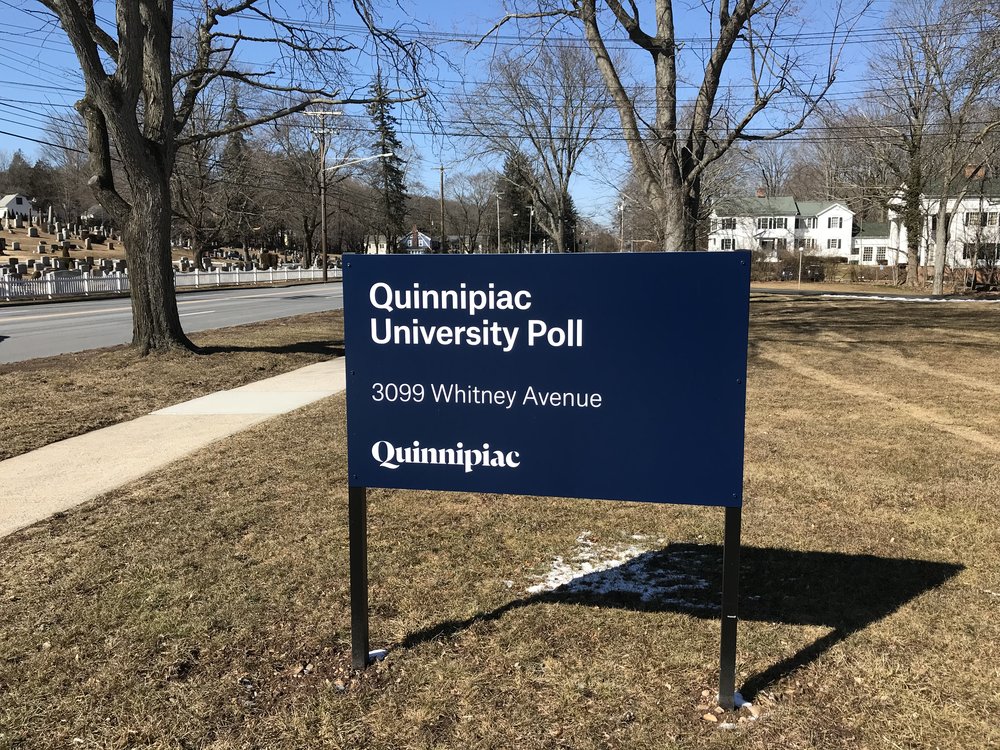
Quinnipiac University Poll sign at the Whitney Avenue location
With 2016 in the rearview mirror, Schwartz and his team now look forward to an electric race in 2020, particularly with so many Democrats throwing their hats in the ring for the chance to take on President Trump.
The stakes remain high for the Quinnipiac Poll, as the Democratic National Committee (DNC) recently declared it would be using the Quinnipiac Poll as one that will determine which candidates are eligible for the upcoming primary debates.
“A candidate has to get at least 1 percent in three polls; either a national poll, or one of the early voting states, Iowa, New Hampshire, South Carolina, Nevada,” Schwartz said. “If they do that, then they make the debates.”
Schwartz said the DNC’s decision was made along the same guidelines CNN and Fox News used to select which Republican candidates were eligible for the debates in 2016. Schwartz called the polls chosen, “gold standard” polls – ones that use live interviewers and call cell phones.
The Quinnipiac Poll began calling cell phones in 2012, in a move that Schwartz calls the biggest change in methodology since he began directing the poll over two decades ago. He credits the addition as an important way to ensure each survey gets adequate representation from younger voters.
During national polls, interviewers are divided in half between landlines and cell phones. With such a large magnitude of numbers to dial each shift, Schwartz said proper scheduling is of the utmost importance.
“Going into a survey, we have a plan,” Schwartz said. “We’ll say ‘we are trying to get 1,200 registered voters,’ and we know we are going to need this many interviewers working this many nights in order to achieve it.”
Jean Amazan, survey call center operations manager, agrees, and says scheduling and managing the staff is the most difficult part of the operation.
“It would be very easy for us to poll if we could get people in their seats when we need them to be,” Amazan said. “That’s the hardest part.”
The Poll is hindered, however, in that the interviewer position is a part time job, and many of the interviewers are Quinnipiac students. Non-students can’t work more than 19.5 hours a week, and students can’t work more than 15 hours a week.
“When the students are here, we set the number of expected cancellations higher because we know students are more likely to cancel than the non-students,” Amazan said. “The meat on the bone is really getting people in their seat dialing numbers and getting those completes.”
Despite the scheduling obstacles, the Quinnipiac Poll rarely fails to meet its goal.
“We try not to let it happen,” Dorothy Donarum, manager of interviewer operations said. “We’ll extend hours if we see that we’re getting a lot of cancellations. We’ll make it a ‘B week’ so everyone will work an extra shift.”

Dorothy Donarum and Carmen Carranza
Donarum, who began working at the poll in 1999 as an interviewer, emphasized the importance of getting enough completes to make the data viable, which is dependent upon adequate scheduling.
“If you’re going to the press, you can’t go to the press saying ‘I polled 500 people,’” Amazan added. “If you say you’re going to poll 1,000 registered people you want to have 1,000 registered people – and if you don’t have people to get that data, you don’t have the result that you’re expecting.”
Carmen Carranza, assistant manager of interviewer operations, also started working as an interviewer, and noted that the amount of completes can vary on a daily basis.
“You notice a difference when you go into the room,” Carranza said. “It all depends on the state and the day of the week too, but on a Saturday morning it’s very busy, a lot of people are answering the phone, but the Saturday second shift you walk in there and hardly anybody is on a survey.”
With the significance of workplace attendance in mind, Carranza, Amazan and Donarum still believe that working around student schedules is a must.

Polling stations located at the Quinnipiac Poll Whitney Avenue location
“We realize that the students are here to go to school and there’s a lot of meetings and whatnot at night,” Donarum said.
“If you have something at school, just let us know and we’ll work with you,” Amazan added. “We try to talk to [students] and help them because you’re not going to be in college the rest of your life. You eventually graduate and join the workforce, and if you don’t show up to work, your boss is going to tell you ‘bye.’”
While scheduling complications will always be a hurdle for the Quinnipiac Poll, there is no lack of passion from the management team.
“It’s kind of exciting on a night where it’s the last night of our survey and we’re aiming to get 1,200 registered [voters] and we’re at 1,191, you know, and it’s like quarter of nine,” Donarum said. “Everyone gets very excited and I love to see that happen when we make our goal.”
Amazan concurred, highlighting how stressful the job can be when time is of the essence. Seeing the results come to fruition, however, makes all that stress worthwhile.
“Once you get to the end of survey and you make it happen and reach the goal, I think that’s the best part of the job,” Amazan said.
Going from a single state polling facility to a nationally recognized institution has been integral in making Quinnipiac University a household name. According to former Quinnipiac President John Lahey, the university shells out about $2 million annually to keep the operation running, and students and staff alike agree that it has been money well spent.
According to Scott McLean, Chairman for the school’s Department of Philosophy and Political Science, there is no shortage of benefits to being employed by the poll.
“If they’re willing to take the effort, [students] would be able to understand the work of pollsters and survey research,” McLean said. “It really depends on the students’ interests and desires. We’ve had students that went from being interviewers all the way to being full-time staff at the Poll.”
McLean said students who are interested in learning how to use polling data have additional opportunities to engage with public opinion polling in classes, such as ‘Political Psychology and Public Opinion’ which he teaches, and a course on statistics for social sciences in the math department.

Quinnipiac student Amanda Perelli (courtesy: Kody Murphy)
On top of all that, the Poll is a great way for students to hear from a variety of voices across the country with an extensive range of political beliefs. It’s also an opportunity for college students to earn a little extra cash. In fact, the interviewer position is one of the highest paying jobs around campus.
One of those students taking advantage of all the Quinnipiac Poll has to offer is Amanda Perelli, senior journalism major.
“It’s actually an interesting job,” Perelli said. “You are participating in collecting data that will be used nationally, and that’s a big deal. People all over the country look to and rely on the data you are working towards collecting.”
Perelli admits however, that the job can be tiring, especially when you’re dialing numbers for hours at a time with little to show for it.
“It surprised me how little people want to participate,” Perelli explained. “Out of 200 calls, we only get about three real responses.”
When over 100 employees are present, those three responses are necessary pieces of the larger picture. They add up to create that invaluable snapshot in time.
But besides the paycheck, Perelli says learning to speak clearly and confidently by interviewing respondents is immensely beneficial as a rising journalist.
“I’ve learned how to be confident in what I am saying and how to articulate my words so that others can understand me,” Perelli said. “This is a great skill to have in any career.”
Senior political science major Hannah Ellis agreed, but noted observing geographical political differences as one of the most interesting aspects of the job.
“It’s been really eye opening to see how people view certain political issues, especially as a political science major,” Ellis said. “I used to intern for a political messaging firm that took polling data and used it to form campaign messaging for politicians and it’s so interesting to see how these polls are collected.”

Quinnipiac Poll Whitney Avenue building
Understanding the inner workings of data collection is not the only skill students are taking away from working at the Poll, however. Junior political science and economics major Tyler Brierley often applies information he’s gathered at work to his classes.
“The surveys we conducted gave me insight into what was going on politically on the state and federal level,” Brierley said. “This helped when I was taking my Congress and the Presidency class as well as my American Political Movements class. We would always talk about current events and their politicalside effects.”
Current events and their political side effects is truly what the whole operation is about. The Quinnipiac Poll works tirelessly to provide a snapshot in time, from data collection to analysis and presentation, and everything in between.
Schwartz and his team show no plans of slowing down as we plug along towards 2020, and the Quinnipiac Poll will surely remain the place to go for the most accurate snapshots of our ever-changing political landscape.

Quinnipiac University Polling Institute at West Woods location





